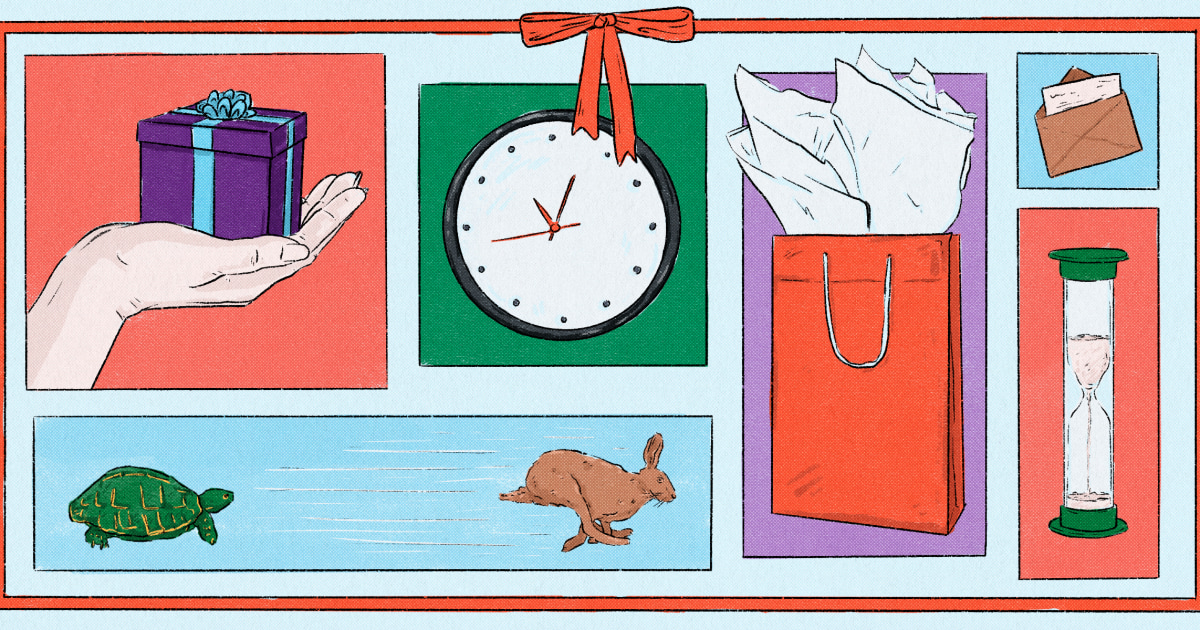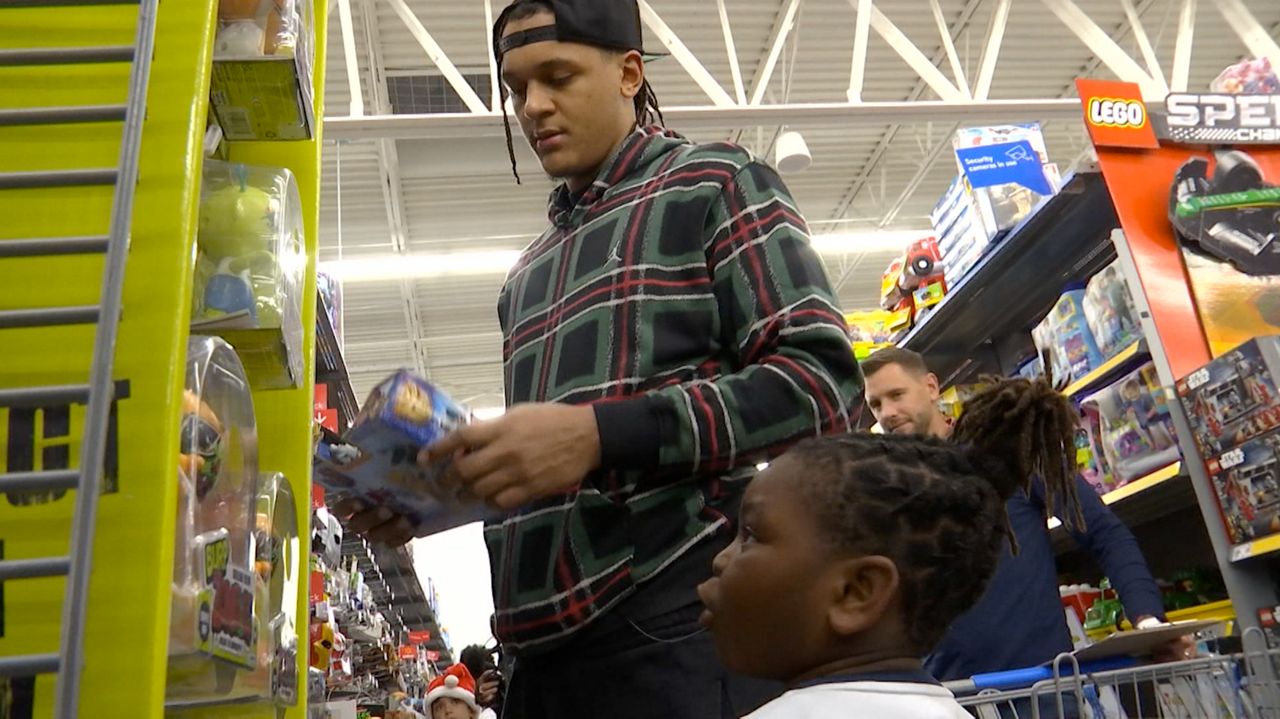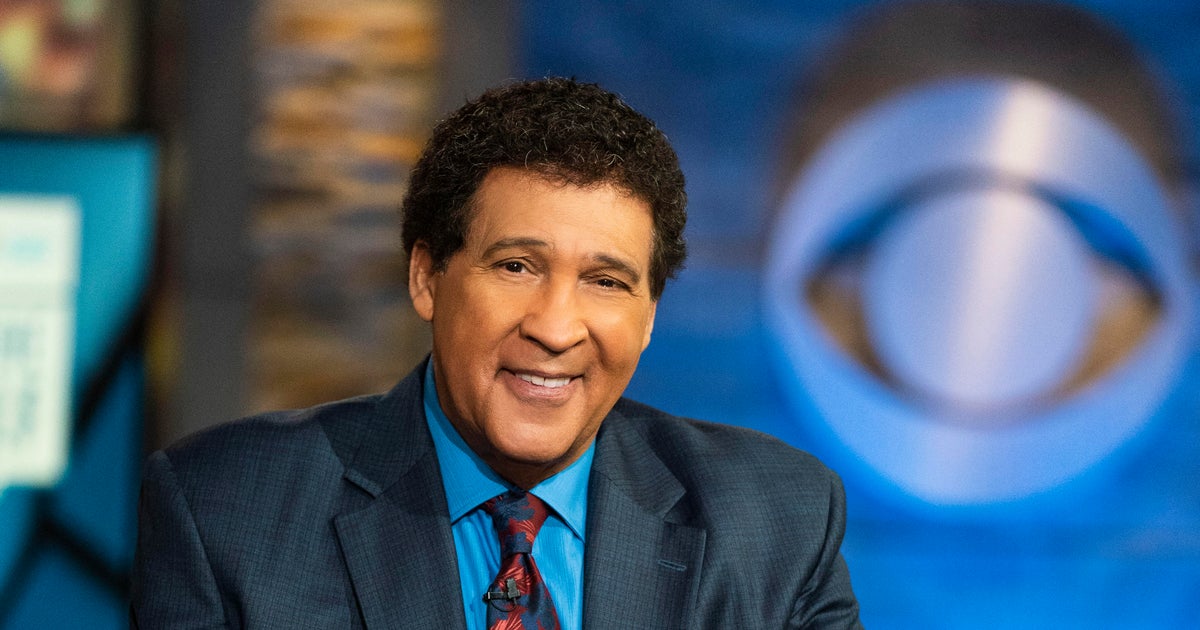Shopping
What is ‘slow shopping’? It saves me time, money and stress during the holidays

I didn’t come to slow gift buying on my own. I come from a family of frugal women who lived through the Great Depression and two world wars. They didn’t have much money for gifts so they had to be creative. My Dad’s mother, Nanna Levy, did all her gift buying in the post-holiday clearance sales and stored presents away until the following year. My Aunt Uta only bought presents on sale and kept them in a special closet. Great Aunt Mary was a notorious regifter, rewrapping presents and passing them on to new owners. My mother was a master thrifter, constantly finding unusual items in secondhand stores that made memorable gifts. They taught me the value of frugal gift-giving.
Here are some of the best strategies I’ve learned over the years for slow gift buying.
Be on the hunt all year long
I’ll admit slow gift buying can take some dedication.
Throughout the year, I listen to what friends and family say about their interests and watch what they buy for themselves. I keep a note on my phone about potential gifts for them. Then, when I’m shopping and see one of these items, I buy it and store it away.
Take advantage of sales
Do you ever go to a sale looking for something for yourself and end up seeing items that would suit others — but it’s nowhere near their birthday or the holidays? This happens to me all the time. If I’m shopping a sale, I keep an eye out for things my family and friends would love. I always find at least one gift.
Consider regifting
The easiest (and most economical) gift-giving option is regifting. I often receive presents that reflect the taste of the giver and not mine. They may not be right for me, but they could be perfect for someone else. Just be careful not to give a present back to the person who gave it to you, as my Great Aunt Mary once did.
Expand where you shop for gifts
I find most of my gifts in secondhand stores. Our culture discards so much stuff — books, housewares, clothing, toys and more — often lightly used or nearly new. It’s not unusual to find clothes with the original sales tags intact. I shop for secondhand items online, too: I get most of my daughter’s Christmas clothes on sites like ThredUp and eBay, and I often buy barely used books for family and friends on AbeBooks or Better World Books.
Thrift stores also save you money, are good for the environment and have social benefits. Stores such as the Salvation Army channel profits into social programs, including rent and utility assistance. I look for stores with well-curated stock and high turnover and visit them regularly. Once staff get to know my tastes, they’ll often inform me in advance about sales or even offer discounts.
And one place most people don’t think to look for gifts? Supermarkets. Especially when I’m traveling, I love to check out the housewares and children’s sections in supermarkets for fun, low-cost gift ideas. Some chains are unique to a certain region, such as the Piggly Wiggly in the South, and they may stock local products that aren’t available nationally. For example, when I visit friends in the midwest, I look for local brands of honey, hot sauce and herbal teas to bring to my family back on the East Coast.
Get organized
It’s a good idea to keep presents in one place so you can keep track of what you’ve bought. I use a dedicated drawer to store gifts over the year. This helps me avoid buying multiple presents for the same people, because I can see the gifts every time I add something new.
If you’re prone to forgetfulness, it might also be smart to keep a list — on paper or just on the Notes app on your phone — of all the gifts you’ve purchased, and for whom.
Slow gift buying could soon become a full-blown trend. Giving secondhand gifts is on the rise, for one. A recent survey from OfferUp shows that 68% of shoppers plan to spend part of their holiday budget on secondhand gifts. And people are also shopping for holiday gifts earlier these days. According to data from the National Retail Federation, 45% of shoppers will begin shopping before November, which is up 40% from 10 years ago. (Hey, it’s not January, but I’ll take it.) And according to a recent survey from Affirm, while holiday spending is on the rise, nearly three in four consumers say they plan to prioritize slow shopping.
For me, slow gift buying has become my way to save time and money when I’m buying presents. And, I love the affirming comments I get for my well-matched gifts. As Gaiman says, “You want your gift recipients to feel like VIPs, and a thoughtfully-selected gift that holds special meaning conveys that message.”










